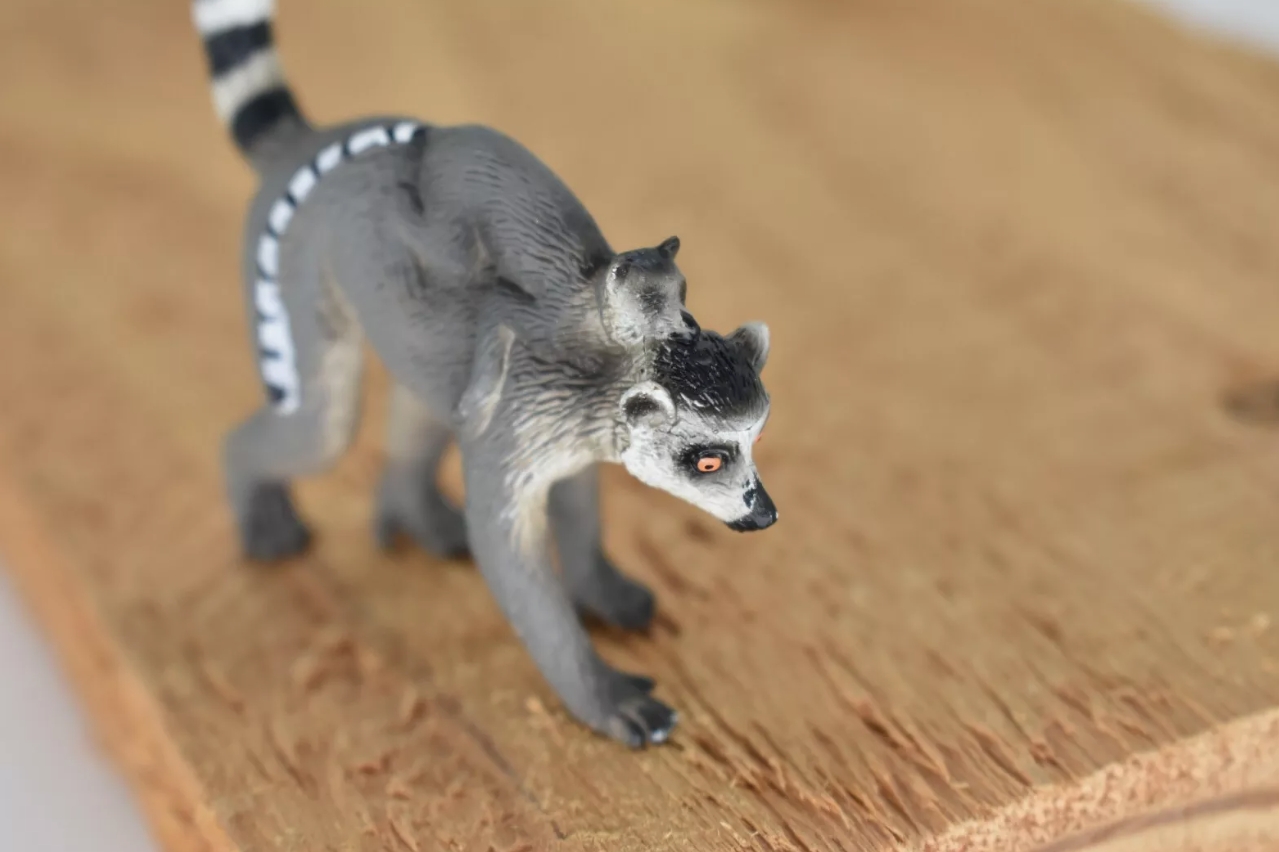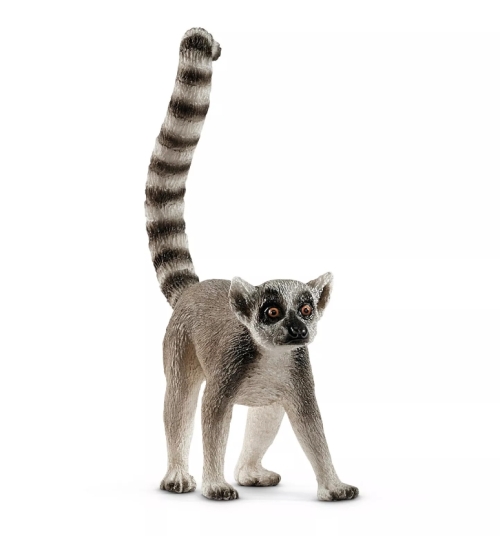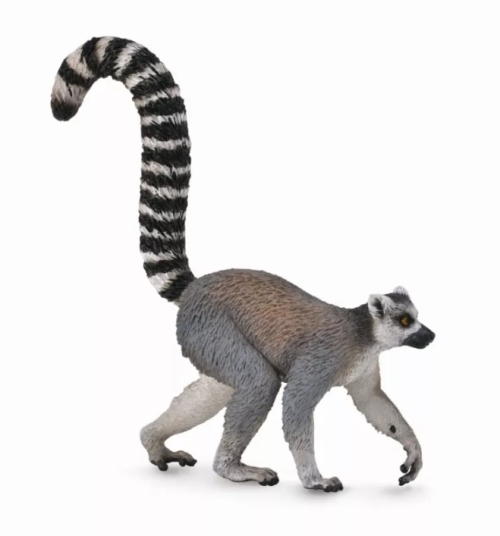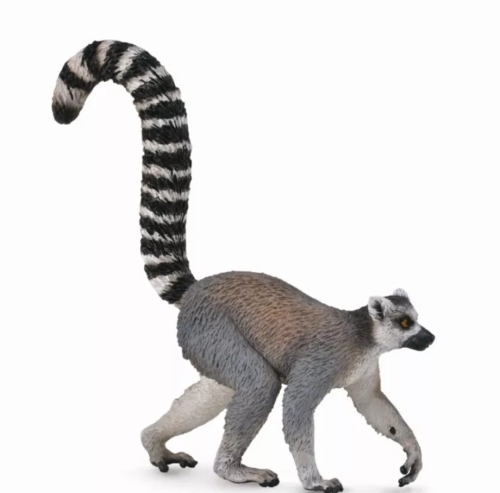Lemurs are a unique and fascinating primate whose models play an important role in scientific research. As a kind of primitive African primate, lemurs have attracted the attention of numerous researchers for their special physiological and behavioral characteristics. By studying lemurs, scientists are able to gain insight into primate evolution, biology and ecology.
The model of lemurs provides rich materials for the study of telencephalic development, social behavior and adaptation. Their social structure is complex, forming closely related groups. This social behavior makes lemurs an ideal target for studying animal social behavior and group dynamics. By observing how lemurs interact in their natural habitat, researchers have been able to gain important data on areas such as social communication, power struggles, and group cooperation.
In terms of physiology, lemurs have highly developed senses of sight and smell, and they rely on these senses to find food and communicate in complex environments. This allows the study of lemurs' visual and olfactory systems to shed light on primate adaptations in perception and behavior. Compared to other primates, lemurs have a particularly keen sense of smell, which allows them to respond more flexibly in food choices and social behaviors.
Lemurs have also found a place in medical research. Because of its genetic similarity to humans, the lemur model has great potential for drug discovery and disease research. Using lemurs' responses to various drugs, researchers can better understand the effects of drugs in specific physiological states, providing important data support for the development of new drugs and toxicology studies.
Overall, lemurs are a unique primate whose model provides an indispensable basis for multiple research fields. By studying lemurs in depth, people can not only explore the mysteries of life, but also have a deeper understanding of human health and ecological environment.
















